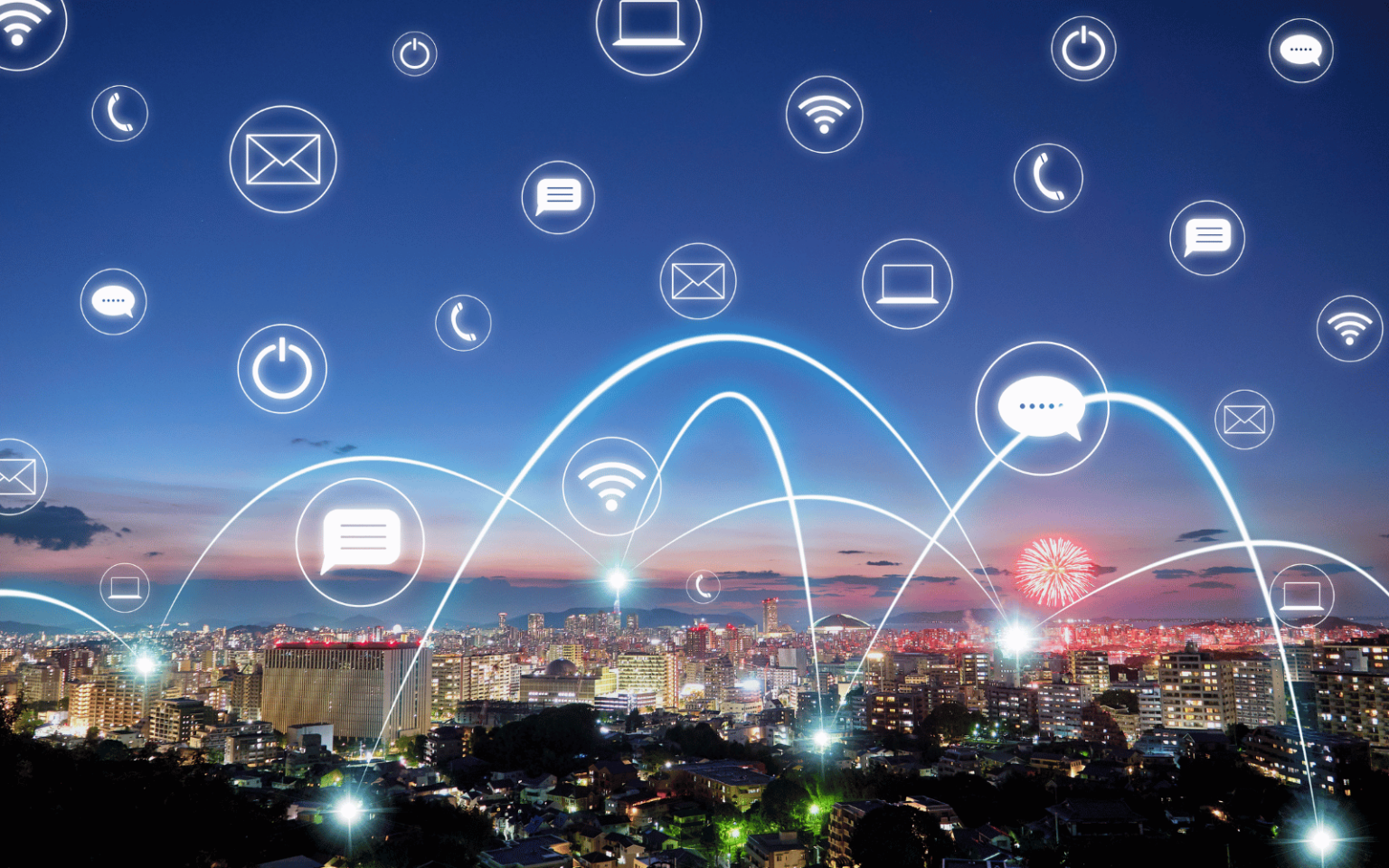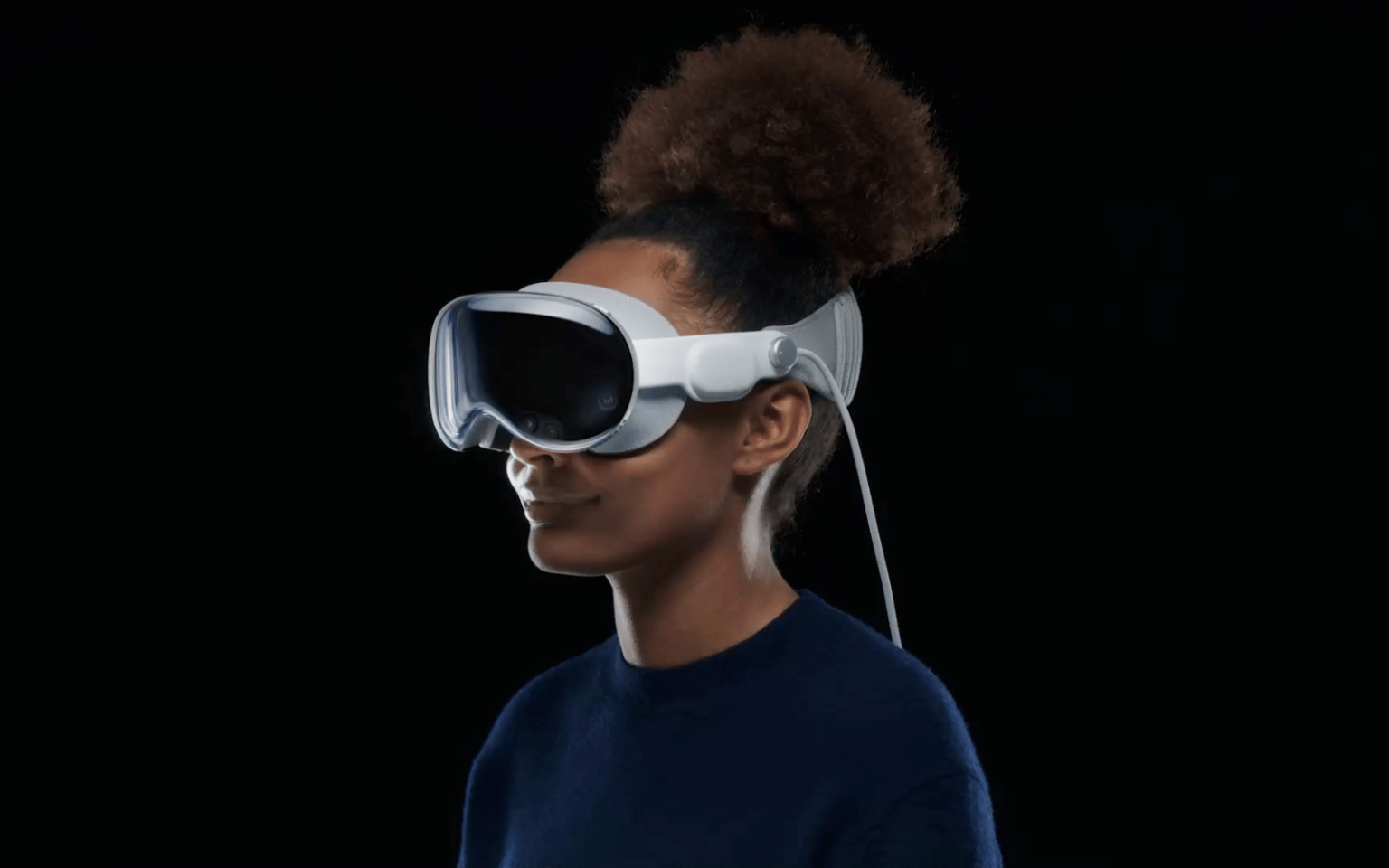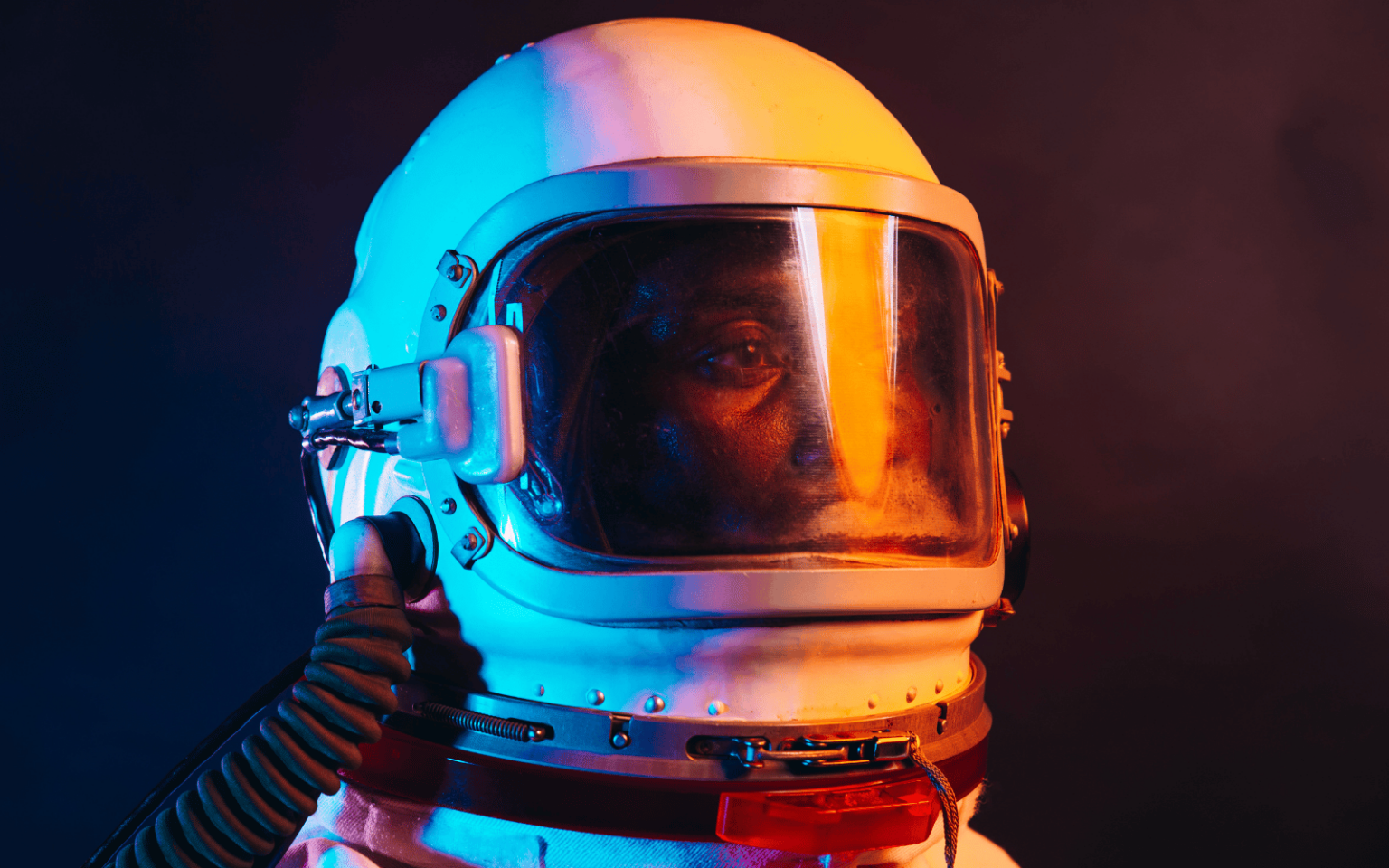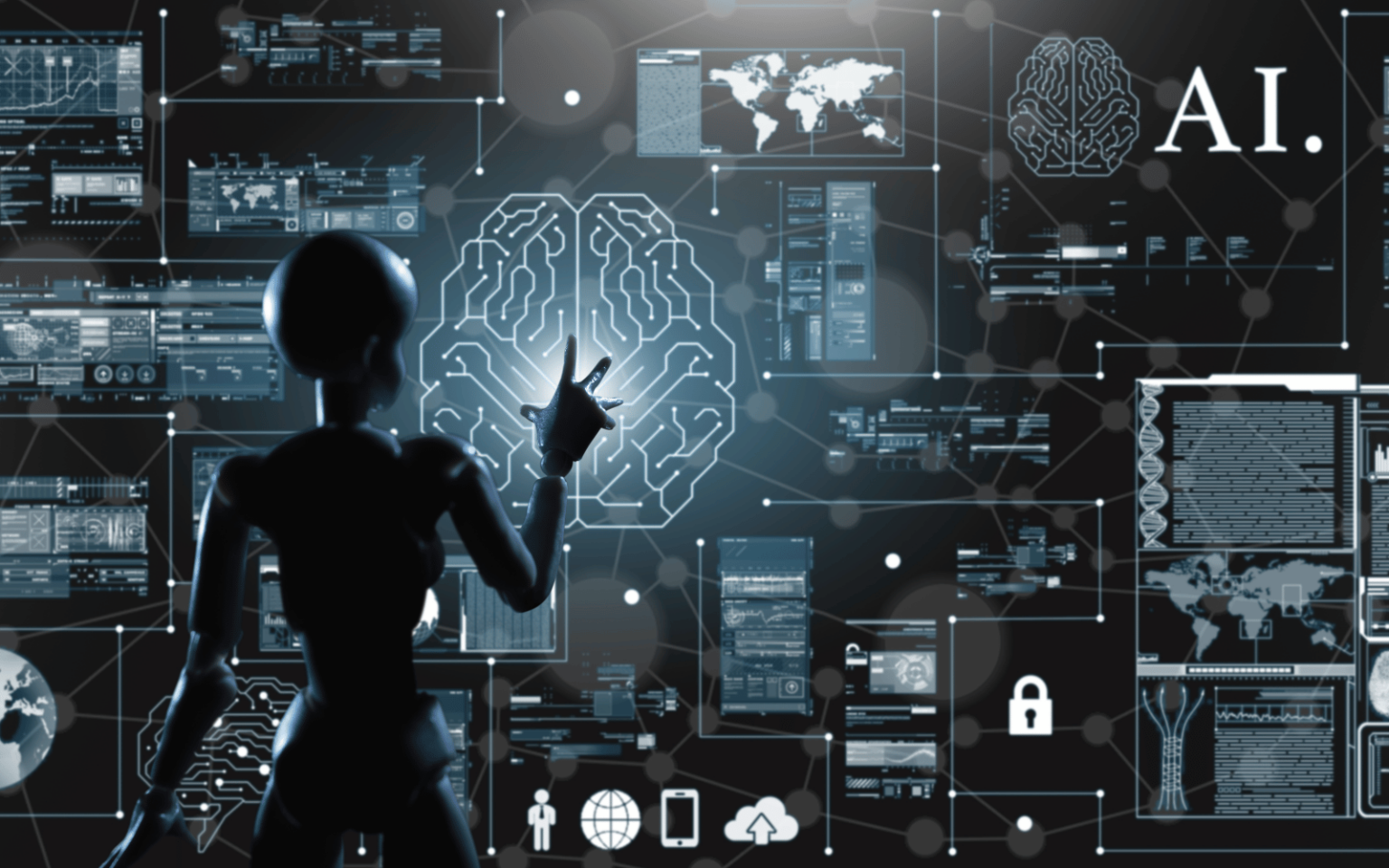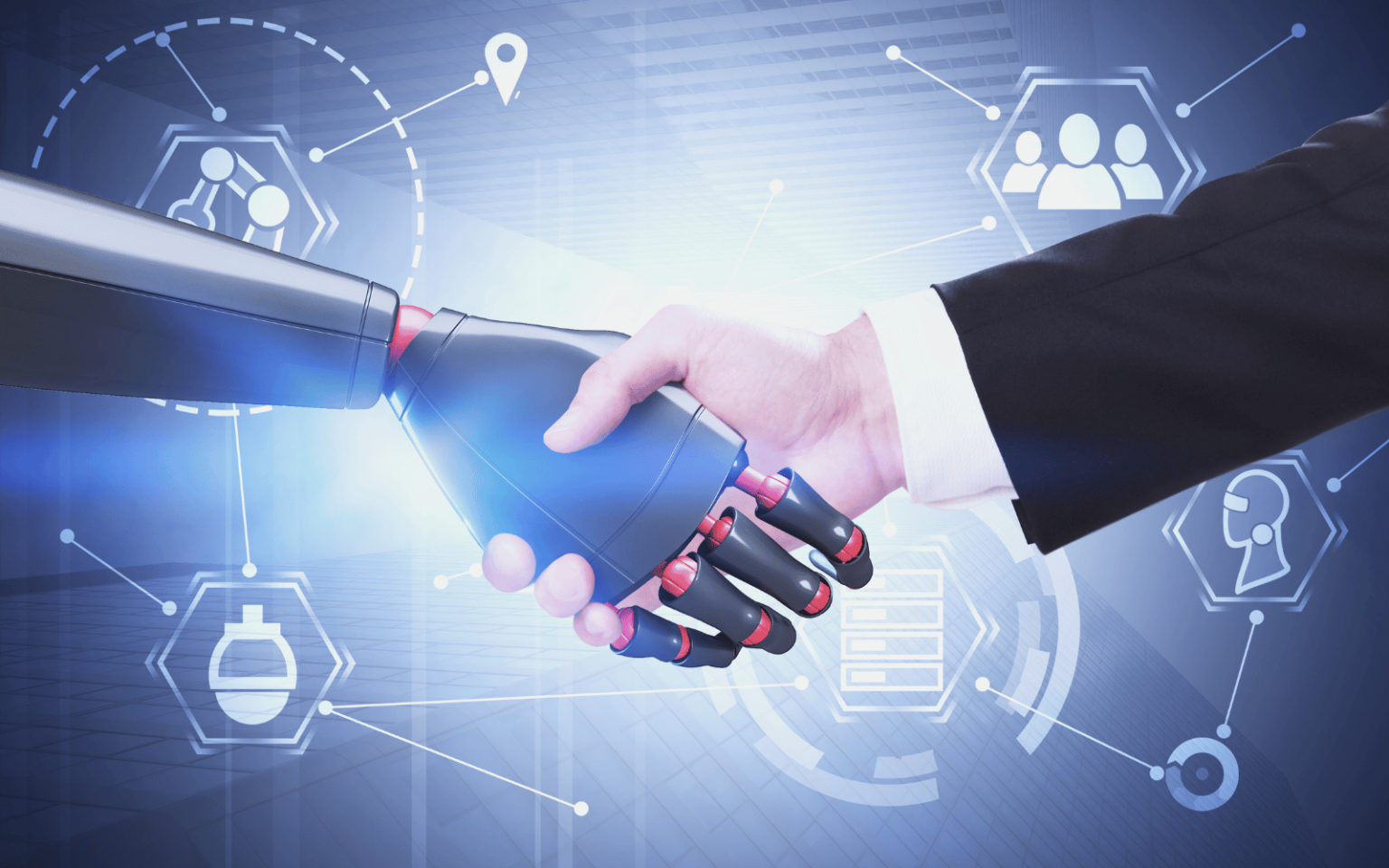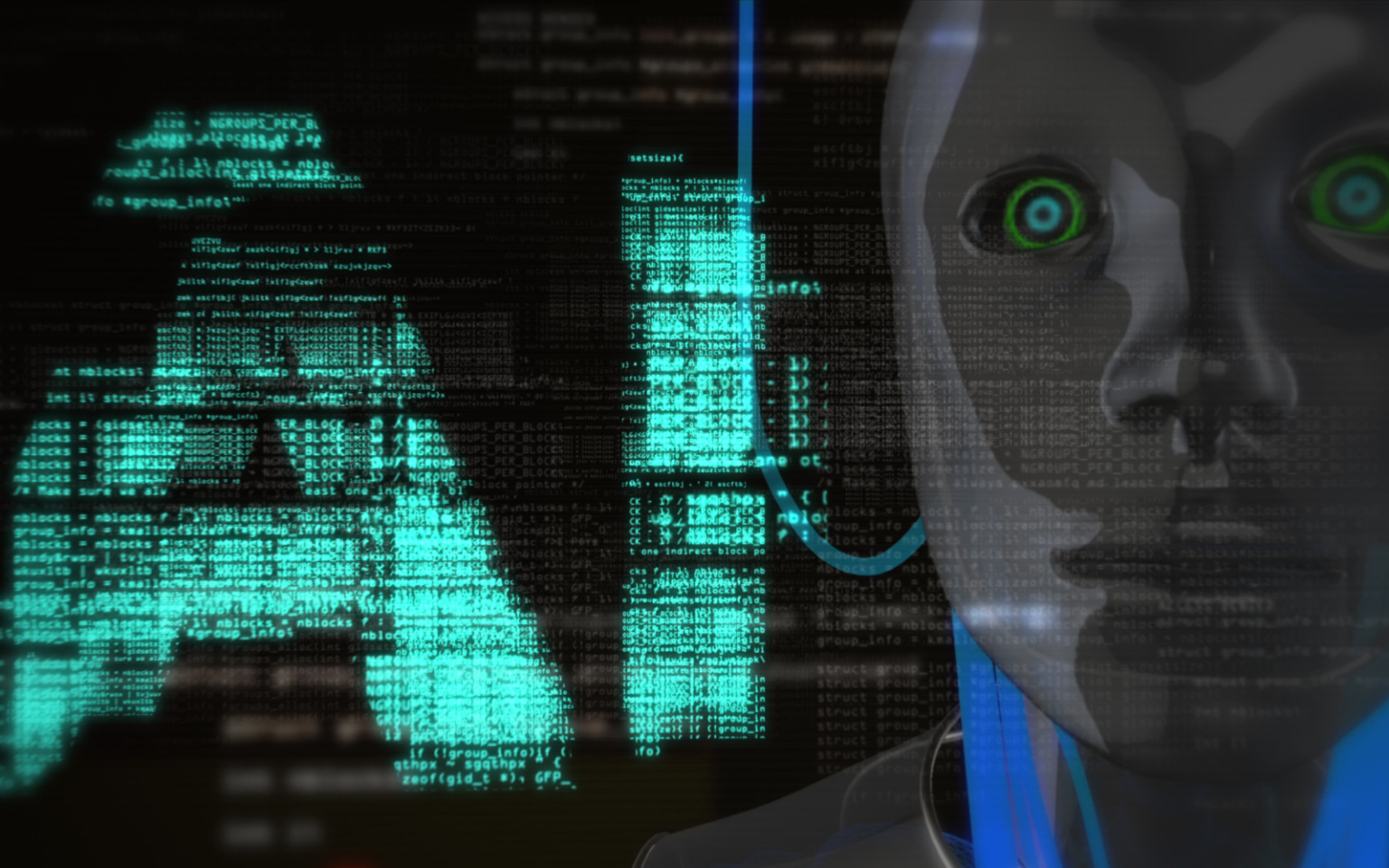“Splinternet” refers to the way the internet is being splintered – broken up, divided, separated, locked down, boxed up, or otherwise segmented. Whether for nation states or corporations, there’s money and control to be had by influencing what information people can access and share, as well as the costs that are paid for this access. The idea of a splinternet isn’t new, nor is the problem. But recent developments are likely to enhance segmentation, and have brought it back into new light. The internet as a whole The core question is whether we have just one single internet for everyone, or whether we…
Author: The Conversation
The metaverse — a shared online space incorporating 3D graphics where users can interact virtually — has been the subject of increased interest and the ambitious goal of big tech companies for the past few years. Facebook’s rebranding to Meta is the clearest example of this interest. However, despite the billions of dollars that have been invested in the industry, the metaverse has yet to go mainstream. After the struggles Meta has faced in driving user engagement, many have written off the metaverse as a viable technology for the near future. But the technological landscape is a rapidly evolving one and new advancements can change perceptions…
South Africa is in the middle of a severe electricity crisis, with enforced power cuts that have worsened every year. Electricity is sometimes unavailable for 10 hours a day. The shortfall is the consequence of frequent breakdowns at its ageing coal power plants, which constitute 74% of the country’s generating capacity. In theory, improving the performance and reliability of the existing coal plants would resolve the power crisis. This remedy is promoted in some quarters. But it’s easier said than done. To function satisfactorily, many of the plants would require a complete overhaul, which would be both time consuming and prohibitively costly. Estimates…
Life on Earth owes its existence to photosynthesis – a process which is 2.3 billion years old. This immensely fascinating (and still not fully understood) reaction enables plants and other organisms to harvest sunlight, water and carbon dioxide while converting them into oxygen and energy in the form of sugar. Photosynthesis is such an integral part of Earth’s functioning that we pretty much take it for granted. But as we look beyond our own planet for places to explore and settle on, it is obvious how rare and valuable the process is. As my colleagues and I have investigated in…
Could organizations use artificial intelligence language models such as ChatGPT to induce voters to behave in specific ways? Sen. Josh Hawley asked OpenAI CEO Sam Altman this question in a May 16, 2023, U.S. Senate hearing on artificial intelligence. Altman replied that he was indeed concerned that some people might use language models to manipulate, persuade and engage in one-on-one interactions with voters. Altman did not elaborate, but he might have had something like this scenario in mind. Imagine that soon, political technologists develop a machine called Clogger – a political campaign in a black box. Clogger relentlessly pursues just one objective:…
BT recently announced that it would be reducing its staff by 55,000, with around 11,000 of these related to the use of artificial intelligence (AI). The remainder of the cuts were due to business efficiencies, such as replacing copper cables with more reliable fibre optic alternatives. The point regarding AI raises several questions about its effect on the wider economy: what jobs will be most affected by the technology, how will these changes happen and how will these changes be felt? The development of technology and its associated impact on job security has been a recurring theme since the industrial revolution.…
Imagine, if you will, a digital doppelgänger. A clone that looks, talks and behaves just like you, created from the depths of artificial intelligence, reflecting your every mannerism with eerie precision. As thrilling as it might sound, how would you feel about it? Our research at the University of British Columbia turns the spotlight onto this very question. With advancements in deep-learning technologies such as interactive deepfake applications, voice conversion and virtual actors, it’s possible to digitally replicate an individual’s appearance and behaviour. This mirror image of an individual created by artificial intelligence is referred to as an “AI clone.” Our study dives into…
The human brain is made up of around 86 billion neurons, linked by trillions of connections. For decades, scientists have believed that we need to map this intricate connectivity in detail to understand how the structured patterns of activity defining our thoughts, feelings and behaviour emerge. Our new study, published in Nature, challenges this view. We have discovered that patterns of activity in our neurons are more influenced by the shape of the brain – its grooves, contours, and folds – than by its complex interconnections. The conventional view is that specific thoughts or sensations elicit activity in specific parts of…
Doomsaying is an old occupation. Artificial intelligence (AI) is a complex subject. It’s easy to fear what you don’t understand. These three truths go some way towards explaining the oversimplification and dramatisation plaguing discussions about AI. Yesterday outlets around the world were plastered with news of yet another open letter claiming AI poses an existential threat to humankind. This letter, published through the nonprofit Center for AI Safety, has been signed by industry figureheads including Geoffrey Hinton and the chief executives of Google DeepMind, Open AI and Anthropic. However, I’d argue a healthy dose of scepticism is warranted when considering the AI doomsayer narrative.…
The recent news that BT would reduce its workforce by as many as 55,000 by 2030, including about 10,000 jobs replaced by artificial intelligence (AI), is part of a growing trend of job losses globally due to various forms of automation. This is borne out by several industry reports, including one from McKinsey Global Institute (MGI) acknowledging that as many as 800 million jobs may be lost globally due to changes in technology by 2030. In our book Work 3.0, the author and business adviser Avik Chanda and I contend that, due to automation as well as newer ways of working, workplaces can become…

